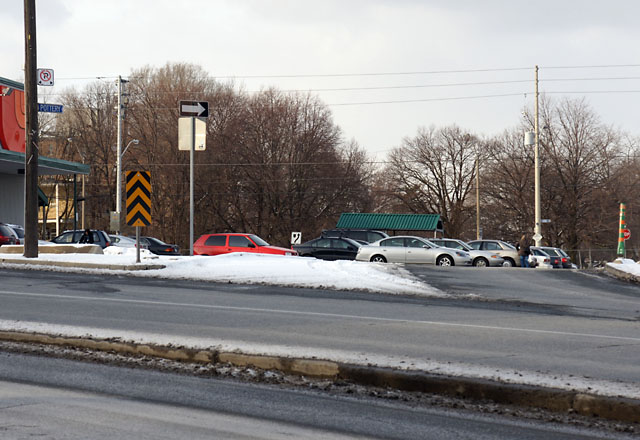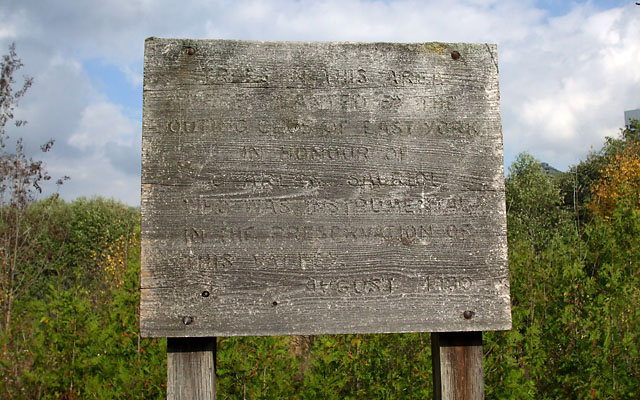Cyclists rejoice! One of Toronto’s long-lost cycling routes is resurfacing this weekend when the Lower Don path south of Queen St. will reopen after 16 months of construction. Those attending the official ceremonies on Saturday morning should expect dignitaries, celebrities, balloons, a marching band, and…oh, wait a second. It turns out that for the reopening of a major bike and pedestrian path, all we get is some burly guy in an orange safety vest and a hard hat pushing aside a portable barrier. But the lack of an official event shouldn’t prevent cyclists from clinking their water bottles together in celebration.
Although the path may continue to look like a bit of a moonscape until landscaping is completed later this year or next, it’s already a huge improvement over what was there when construction began. The most visible upgrade for pedestrians and cyclists will be the elimination of the dingy, dangerous metal-grate underpass that seemed barely a couple of centimetres above the river most days. The ominous steel trap with bike-eating gates at both ends has been replaced by an at-grade underpass that can only feel palatial by comparison.
The bike path improvements are part of a much larger project that includes flood protection for downtown, access to a new park, and improved habitat for the three-headed fish that make their homes in the Don. You can get an appreciation for the size of the project from some of the pictures posted on Don Watcher. Many cyclists (myself included) weren’t happy to lose this important path for over a year, but the improvements may be worth the wait.
As for the marching band, there may be some kind of ceremony later this year after the pathway is landscaped. There will almost certainly be a media event when Don River Park opens on the other side of the tracks. That’s scheduled for sometime in 2008, but I can’t see it happening on time.
See Toronto Region Conservation‘s latest Lower West Don Newsletter (PDF) for more information about the flood remediation project. Don Watcher, who recently celebrated his second blogiversary, has done the most extensive reporting on the construction progress that I’ve seen.
A version of this article appeared on Torontoist.
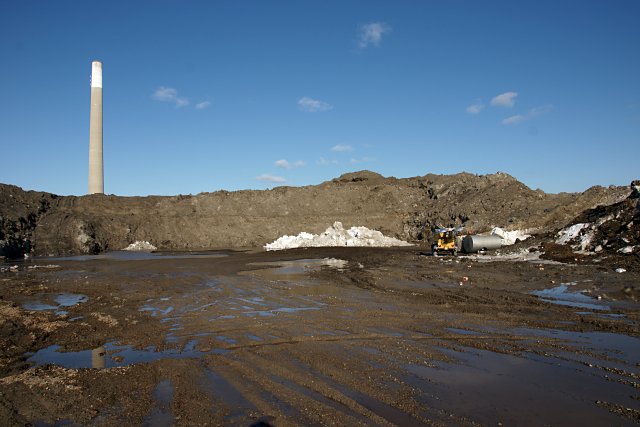
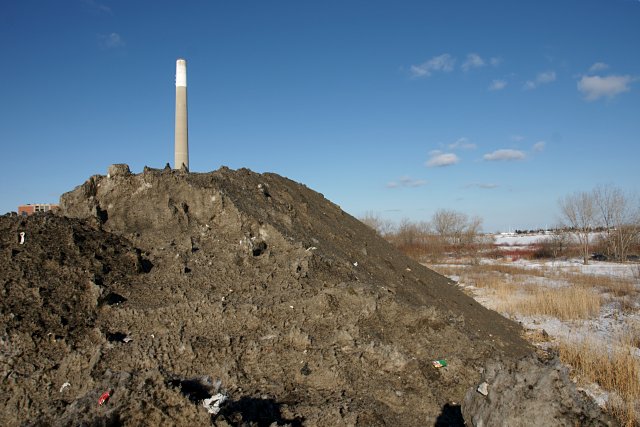
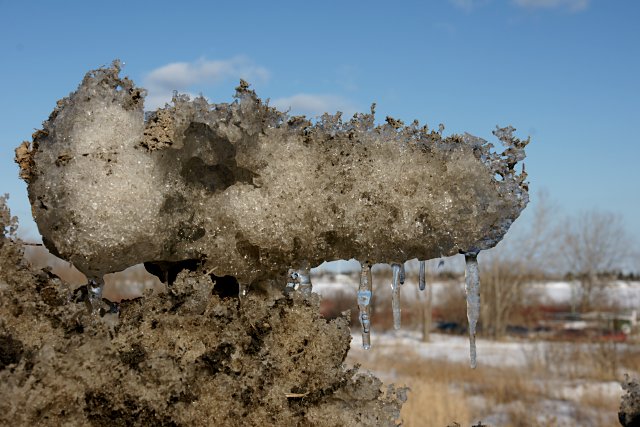
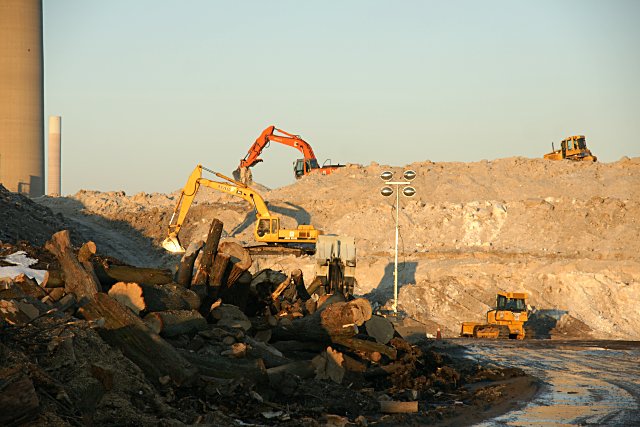
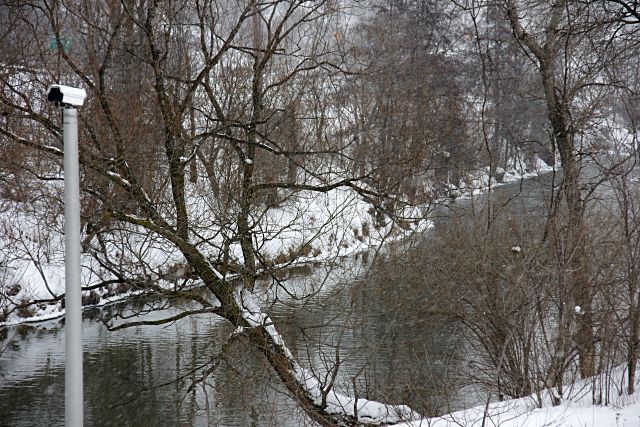
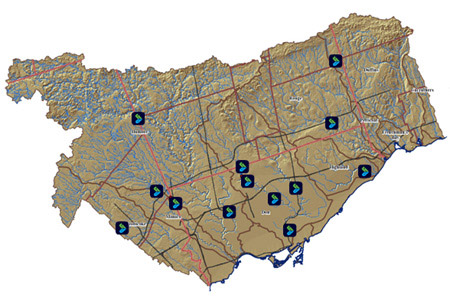 Not only can TRCA monitor the Don—indeed, all of the rivers under its purview—from its Downsview offices, but thanks to a new
Not only can TRCA monitor the Don—indeed, all of the rivers under its purview—from its Downsview offices, but thanks to a new 